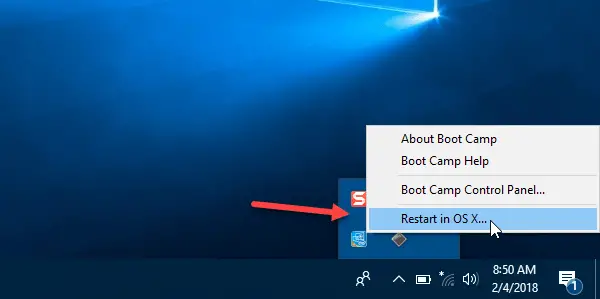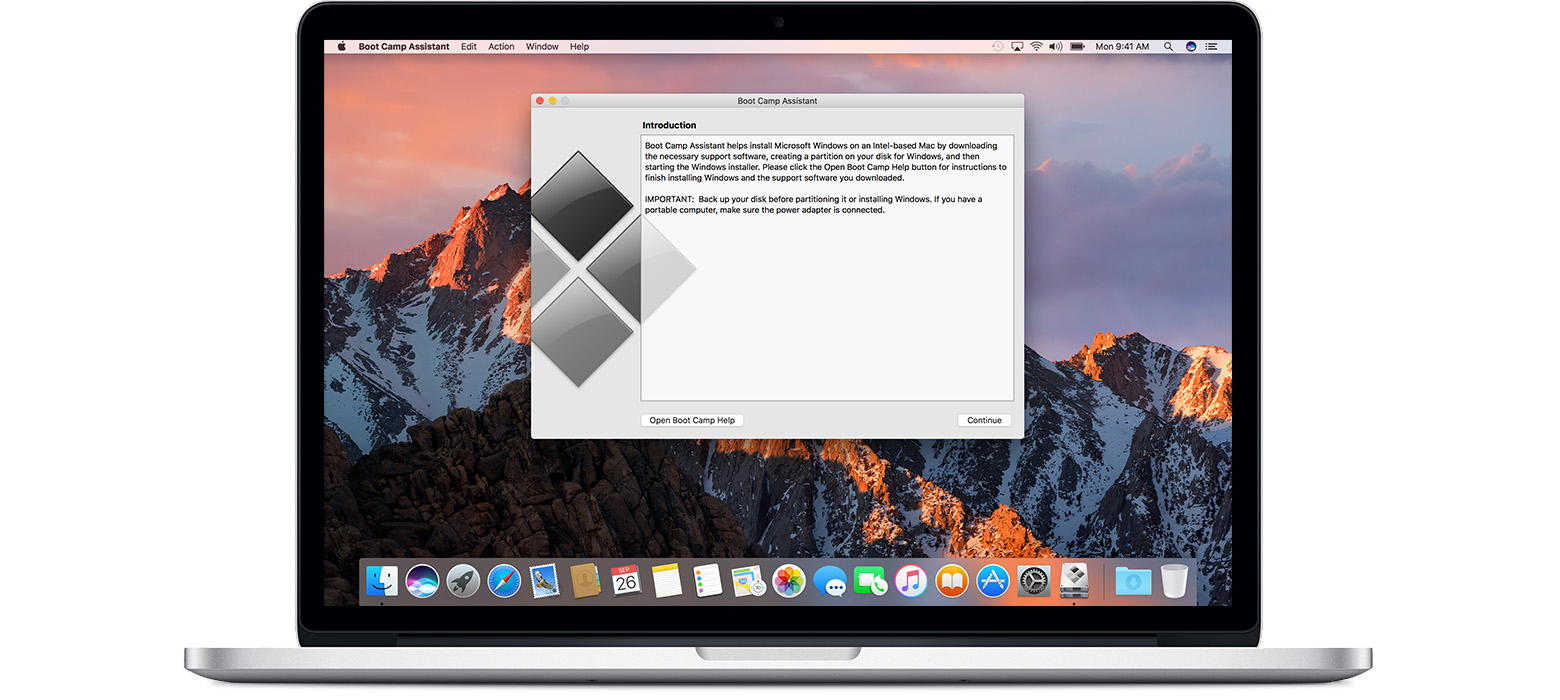

- #GO FROM BOOT CAMP BACK TO MICROSOFT FOR MAC HOW TO#
- #GO FROM BOOT CAMP BACK TO MICROSOFT FOR MAC INSTALL#
- #GO FROM BOOT CAMP BACK TO MICROSOFT FOR MAC SOFTWARE#
- #GO FROM BOOT CAMP BACK TO MICROSOFT FOR MAC CODE#
Whichever Windows virtualization tool you choose, you probably need to clear some space on your Mac and tune it up, so it runs smoothly. If you only need to occasionally run Windows apps and don’t need lots of support, Virtual Box or Wine will do the job. In short, if you want a fully-featured virtualization tool that’s easy to set up and use and has lots of support, Parallels Desktop and VMware Fusion are good choices. If you choose to boot Windows, you can run it in a window or in full-screen.
#GO FROM BOOT CAMP BACK TO MICROSOFT FOR MAC INSTALL#
There are several virtualization tools that allow you to install Windows inside an app and then launch Windows as an app, or even launch Windows apps without booting Windows itself. If you chose to remove Boot Camp because you didn’t like having to reboot your Mac every time you want to switch to Windows, there are other options. Virtualization tools (see below) don’t rely on Intel chips, and their developers are already updating their tools to work in Big Sur on M1 Macs. That doesn’t mean you won’t be able to run Windows on future Macs, though. And with all Macs eventually migrating to Apple silicon, Boot Camp will be consigned to history. It requires Intel architecture to work and so won’t run on M1 Macs.

However, one of the casualties of the transition to Apple silicon is Boot Camp. It seems clear from early testing that these Macs are much faster and more powerful than their Intel predecessors. In November 2020, Apple launched the first three Macs to feature its own system architecture, M1, in place of Intel CPUs and other components. Once it has finished, your Mac will return to its pre-Bootcamp state.
#GO FROM BOOT CAMP BACK TO MICROSOFT FOR MAC SOFTWARE#
You can do that manually from within Windows, by dragging files onto an external drive, by using a Windows backup tool, or from the macOS partition by using software that’s designed to clone a Boot Camp partition. First, however, you should back up the Windows partition if you have any files or other data that you still need. Removing a Boot Camp partition is very straightforward: you can use the same tool, Boot Camp Assistant, as you used to create it in the first place.
#GO FROM BOOT CAMP BACK TO MICROSOFT FOR MAC CODE#
You will need a license code for the version of Windows you want to install to use it. You can download a Windows ISO from within Boot Camp Assistant and install it on the partition. The other is that you need to reboot your Mac every time you switch between Mac and Windows.īoot Camp Assistant is the tool that’s used to create and manage partitions. One is that Windows and its associated files and applications take up quite a bit of space on your Mac. There are a couple of downsides to using Boot Camp. You can then boot directly into Windows on your Mac using Boot Camp. Apple took advantage of this by building a tool, now known as Boot Camp, into macOS that allows you to partition your boot drive and install Windows directly onto one partition.

There was no longer any need for emulation software. One of the benefits of moving to Intel’s architecture was that it was much easier for Macs to run Windows. What is Boot Camp?īoot Camp has its origins in the transition from PowerPC to Intel Macs.

#GO FROM BOOT CAMP BACK TO MICROSOFT FOR MAC HOW TO#
In this article, we’ll show you how to remove a Boot Camp partition from your Mac. So if you’ve stopped using it, you may want to delete it to save some space. However, a Boot Camp partition can take up a great deal of space on your Mac. But to help you do it all by yourself, we’ve gathered our best ideas and solutions below.įeatures described in this article refer to the MacPaw site version of CleanMyMac X.īoot Camp is a great tool for running Windows on an Intel-based Mac. So here's a tip for you: Download CleanMyMac to quickly solve some of the issues mentioned in this article.


 0 kommentar(er)
0 kommentar(er)
